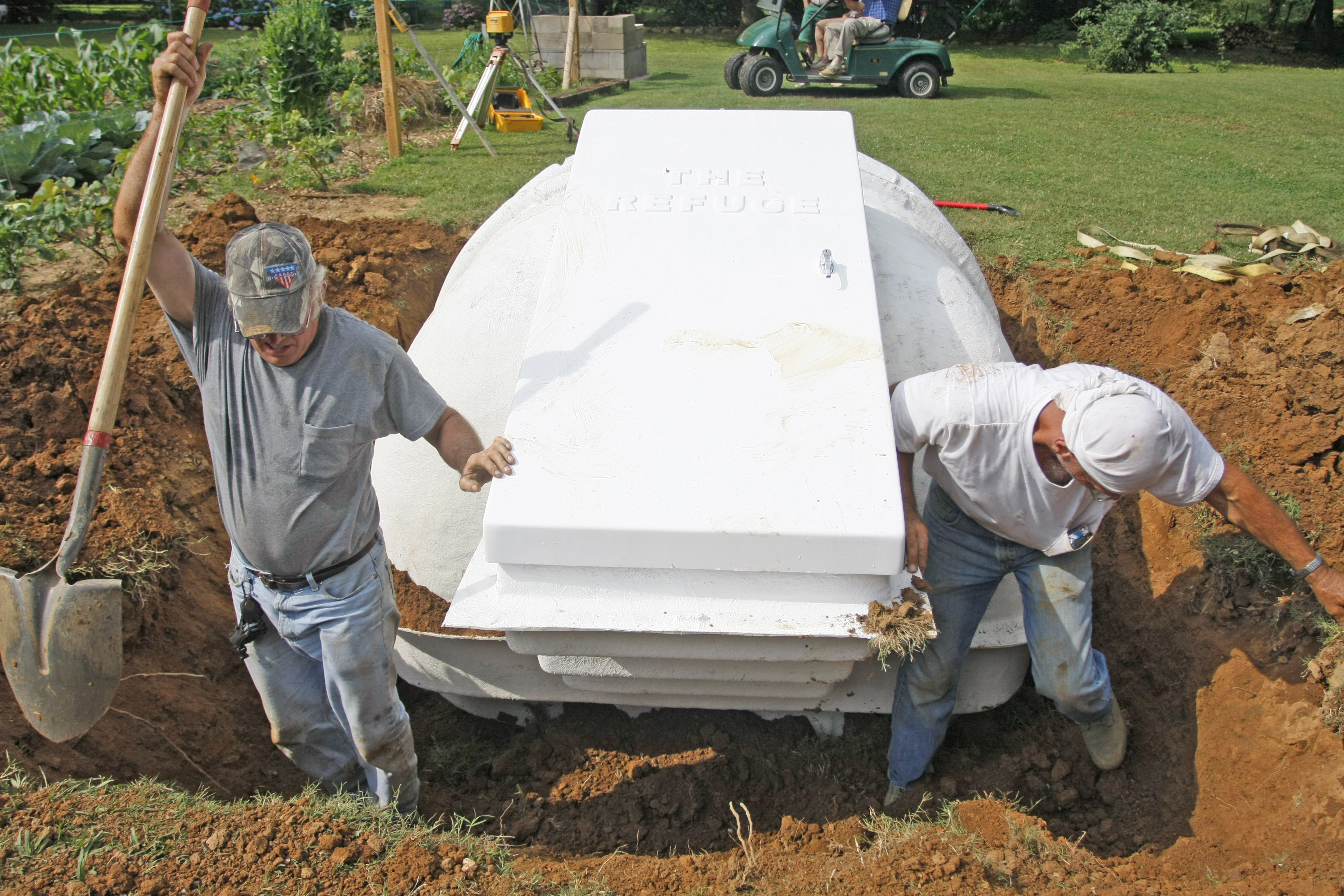With more than 50 tornadoes striking this area in the last 10 months, any illusion of safety we ever had has been shattered. These tips from expert sources can help you be prepared if the next one comes your way.
DON'T STAY INSIDE A MOBILE HOME
If you're in a mobile home, get out. People are 15 times more likely to die in a mobile home during a tornado than in a permanent home; more than half of people killed in tornadoes in the last 50 years have died in mobile homes. Get out and go to a safer place.
BUY A WEATHER RADIO AND USE IT
TV and radio stations are a great source of information but they have to be turned on. A weather radio can sound an alarm if your county has a tornado warning, alerting you to the danger during the night.
COVER UP
Debris causes most deaths and injuries during a tornado. Grab pillows or a mattress to protect yourself. Curl in a ball and put your hands over your head. Get under a table or workbench. Put on a bicycle, football or motorcycle helmet.
GET LOW
Go to the lowest floor of the house in a central room with no windows. The lower you are, the less force the wind will have. Put as many walls between you and the tornado as possible.
WINDOWS EQUAL DANGER
Flying glass shards become deadly projectiles. Windows do not protect against flying debris, the cause of most injuries during a tornado.
KNOW WHERE TO GO
You have only minutes before a tornado hits; using that time to decide where to run wastes precious time. If you don't have a shelter, pick a safe place at your home, office, church and the mall. Think about it now.
HAVE A SAFE SHELTER
An outside underground shelter is best. But a basement, even a reinforced closet also works. They don't need to be expensive. Just protection against wind and debris.
WATCH VS. WARNING
A watch means there could be a tornado. A warning means take cover, danger, run, hide. Now!
KNOW YOUR GEOGRAPHY
Learn the names of communities and counties around you. Warnings are issued for counties, communities and roads. If you don't know the communities around you, you don't know where the tornado is.
HAVE A KIT
Flashlights. A whistle. Boots. First aid kit. Prescription medication. It doesn't need to be an expensive, ready-made kit, but you need basic items for survival. Whatever those are for you.
Source: Compiled with information from the National Weather Service, the Storm Prediction Center, the National Oceanic and Atmospheric Administration, the Federal Emergency Management Agency, the American Red Cross and meteorology experts. This list is not comprehensive and situations vary from storm to storm. During an emergency situation, follow directives from the National Weather Service, American Red Cross and local emergency officials.
FOUR TORNADO MYTHS
• Open the windows. Yes, your parents and friends may have told you to open windows to equalize the pressure, but don't. It's a waste of valuable time and does nothing to make your home safer.
• Tornadoes don't hit big cities. They do, and they have, and they likely will again.
• Tornadoes don't cross rivers or go over mountains. Did you see Sand Mountain and Trenton last April? Case closed. And the most recent tornadoes crossed the Ohio River and killed people in Kentucky.
• A freeway overpass is a good place to take shelter. A video from several years ago perpetuated this myth, but it isn't true. An overpass may be some protection against debris, but it actually creates a wind tunnel and may collect debris.
Source: Compiled with information from the National Weather Service, the Storm Prediction Center, the National Oceanic and Atmospheric Administration, the Federal Emergency Management Agency, the American Red Cross and meteorology experts.
WHY THE SOUTH IS AT RISK
A number of factors unique to the South, including the Chattanooga area, potentially make violent storms more deadly, according to Charles A. Doswell III, a research meteorologist.
- Relatively poor construction practices with a relatively high percentage of mobile homes and few homes with basements.
- Lots of trees and rolling hills that limit clear views.
- Storms and possible funnel clouds are often hidden by low cloud bases and poor visibility.
- Major tornado-producing storms happen after dark with some regularity.
- Typically high tornado speeds.
- Tornadoes can happen in any month, with no seasonal peak.

